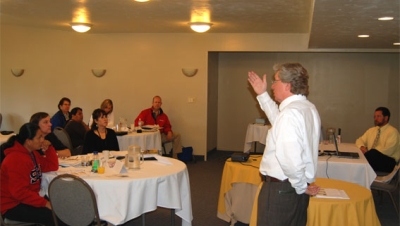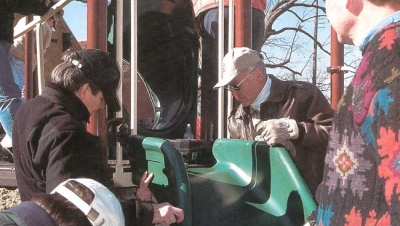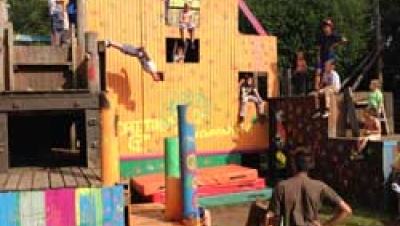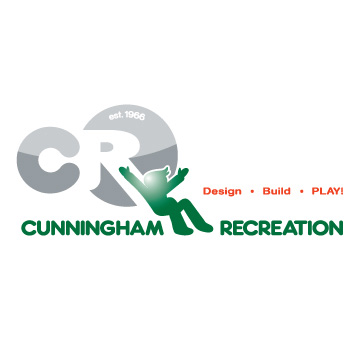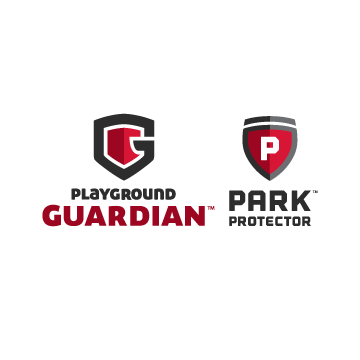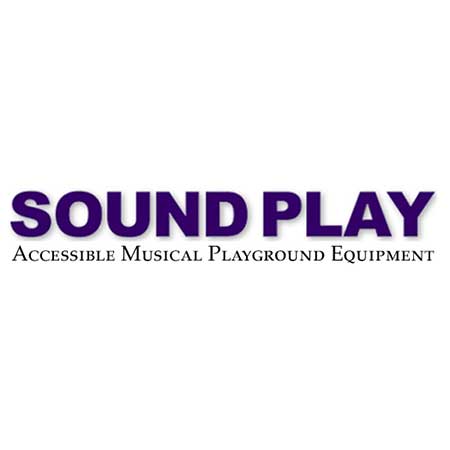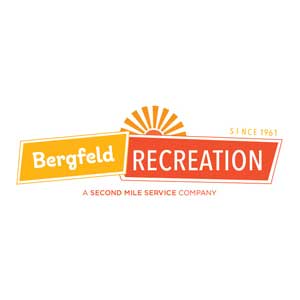Challenging deckless playground by KOMPAN
The late ’90s saw a wave of playgrounds retrofitted to conform to ASTM and ADA are these now beginning to show their age and we will soon be seeing an uptick in playground renovations. This last time the choice of design options was pretty straightforward, just comply with the new codes. The design options today are far more varied. Nearly every vendor has a deckless play structure option. Net climbers have matured and both their durability and complexity are topnotch. Even spinner and swings have new designs. With all these innovations it is very tempting to just plug in these new choices.
Before following the tried and true practice making essentially cosmetic updates, it would be wise to put one’s ear to the ground to listen for oncoming trends. After all, a playground should last 15 years or more, and the better able you are in anticipating the needs of the next generation of families, the longer you can keep a facility in use. Wouldn’t we all like to be in the position that the community resists taking down the old playground because they love it so much?
So what trends do we hear? The loudest chatter is all about challenge. People are complaining that playgrounds are boring and that their children don’t want to go to them, but this need not be the case.
While we must always be cognizant of liability, park professionals have become quite skilled at risk management. For example, most cities now have skateparks, which a couple of decades ago would have been unthinkable. However, the fears of extraordinary accident rates have proven to be unfounded.
Unfortunately the play apparatus producers have been slow to develop more challenging equipment. An important key to adding challenge to a playground design is to provide choice. Try this simple exercise, look at any playground design and ask the question, “How will the children use this?” Typically the narration will go something like, “climb up here, go down there, climb up here, cross over there, go down here,” etc. In other words, the configuration dictates the child’s activities.
I remember when we first introduced banister slides and adults would ask, “How are the kids supposed to use this?” Exactly! They have to figure it out and there is no wrong way. My photo collection has over two dozen ways I’ve seen kids use a banister slide. I have routinely added a slack rope and turning bars in my play structure configurations because they add tremendous challenge and very little cost. This shows that challenge doesn’t have to be expensive or high in the air.
The skatepark example is interesting. I have not seen statistics on use, but in my town the skatepark is consistently more popular than any other park and only the two largest and best parks even come close. Skateparks introduce challenge with the shape of the various events. The kids introduce challenge by the tricks they can do and the sequence in which they perform those tricks. A good bouldering sculpture can present challenges in a similar way. The rock will have various places that provide complex grips or steps and the climbers can choose which of these will be part of their route.
Some of the newer deckless systems can also provide this sort of open-ended play challenge. To do this the systems need to be fairly large and preferably not just a single line of events but arranged so that many different routes are possible. A good design will include events that shout, “How are the kids supposed to use this?”
The question I am asking you is this, “Is a playground a safe place to play or is it the safest place to master a skill?” Our current practice of combining safe structures with safety surfaces has created the illusion of perfect safety that is leading to all sorts of unintended consequences. Parents think that the playground is so safe that they can spend their time texting rather than parenting. Kids think the environment is so safe that they can do anything and not be hurt.
Think about this. Adventure playgrounds have no safety surface, don’t comply with ASTM in any way, and yet have better safety records than traditional playgrounds. Or this, after decades and great expense making playgrounds safe, accident rates have not gone down. And this, every elementary school has a play structure, but you rarely see children on them after school or over the summer. What is wrong with this picture?
The Bigger Picture
There is another, and perhaps more important, reason that your playground should be challenging. As I reported in my last column, we are in the age of the cocooned child and I called on Parks and Recreation professionals to become advocates for giving kids the same opportunities to learn through play that we had growing up. Designing challenges into your next new playground is the absolute best way to demonstrate that trial and error learning is a good thing, while it also gives kids the safest place to master lots of skills.
Photo: Challenging deckless playground by KOMPAN


